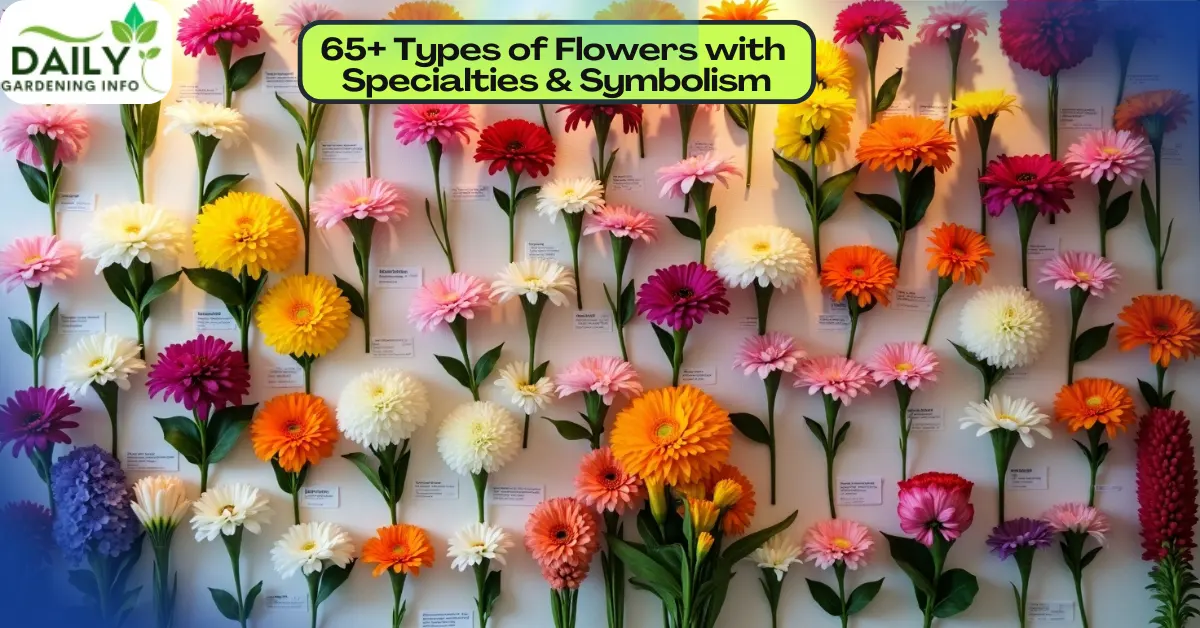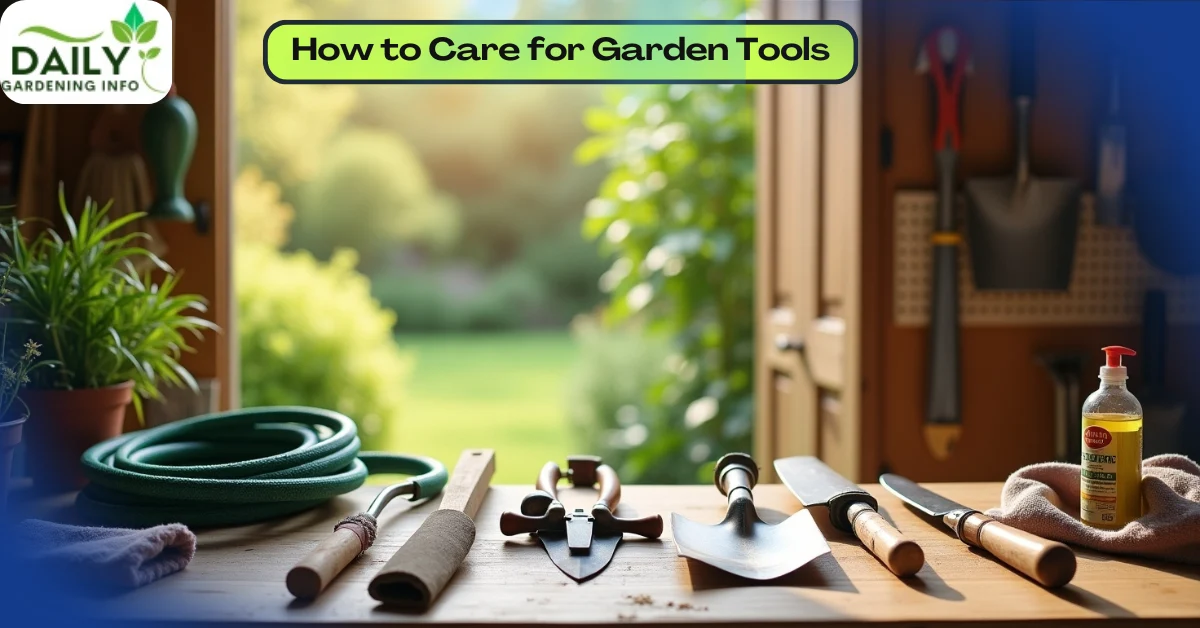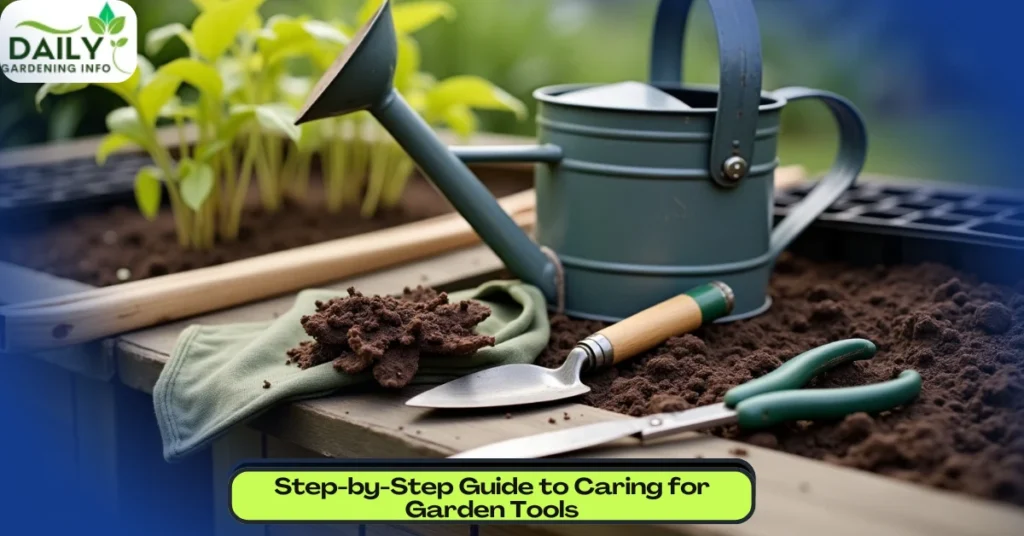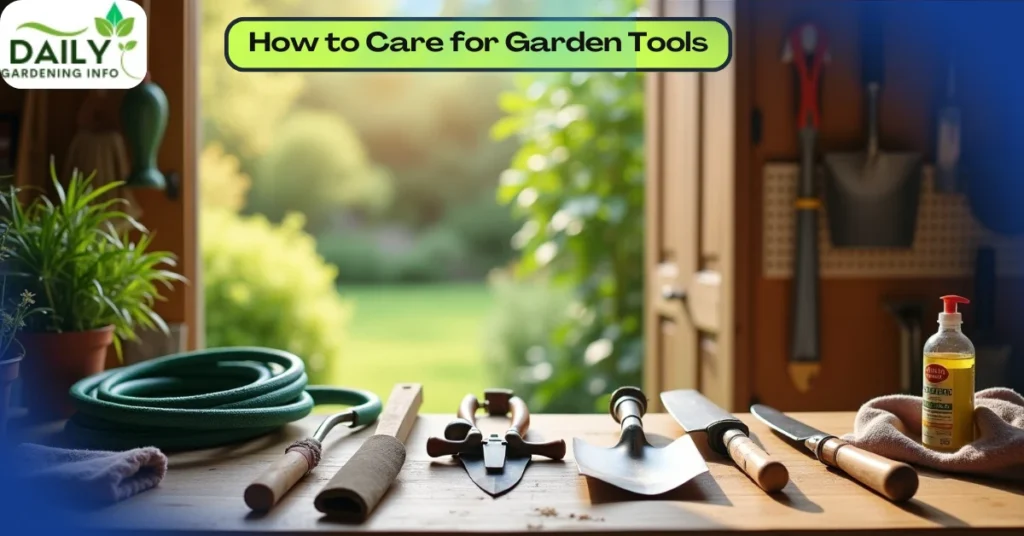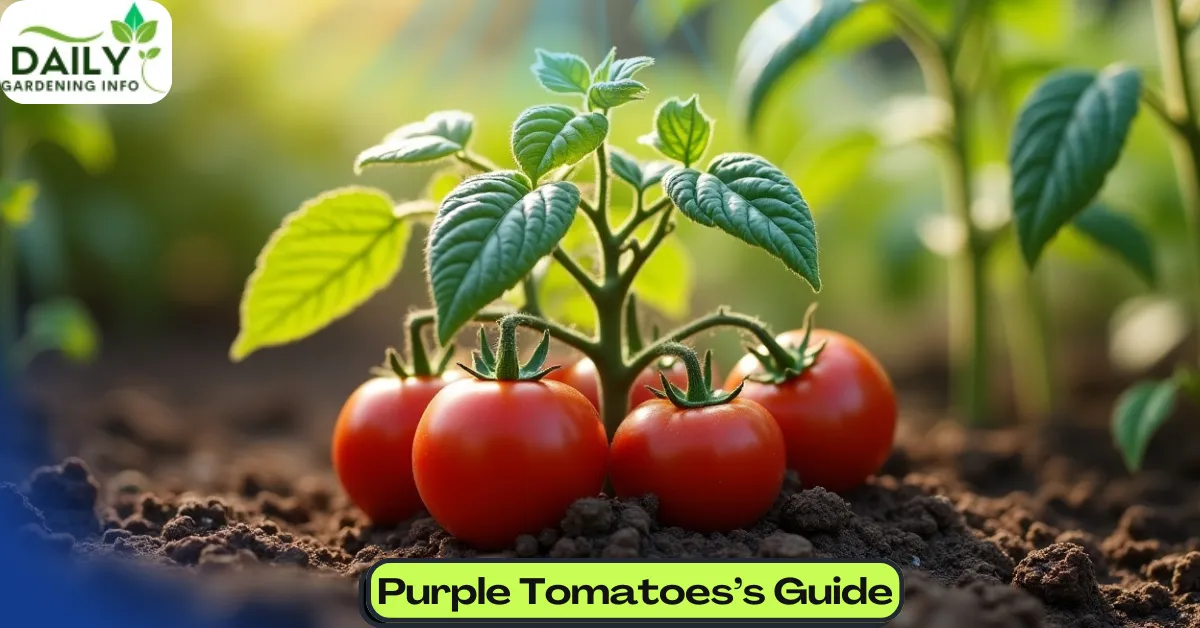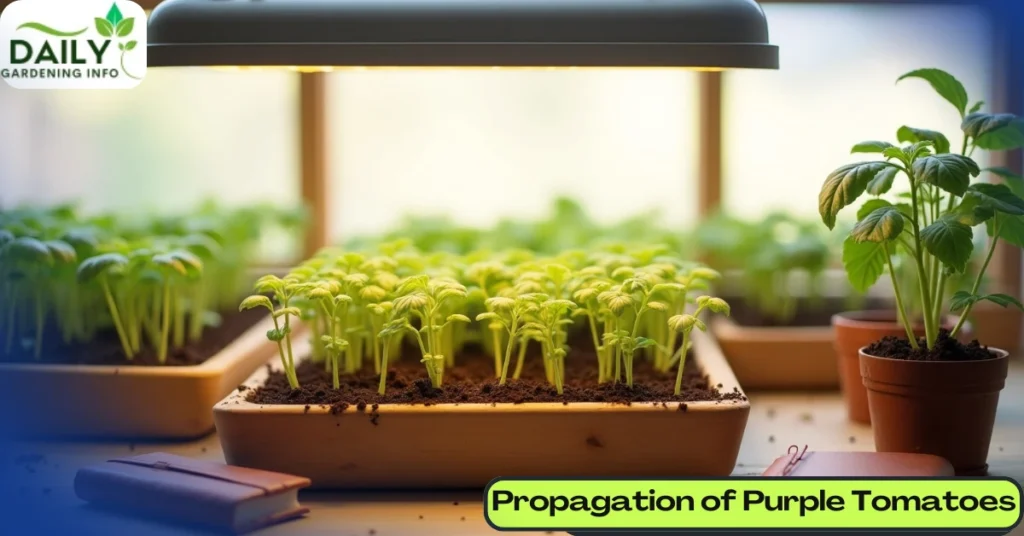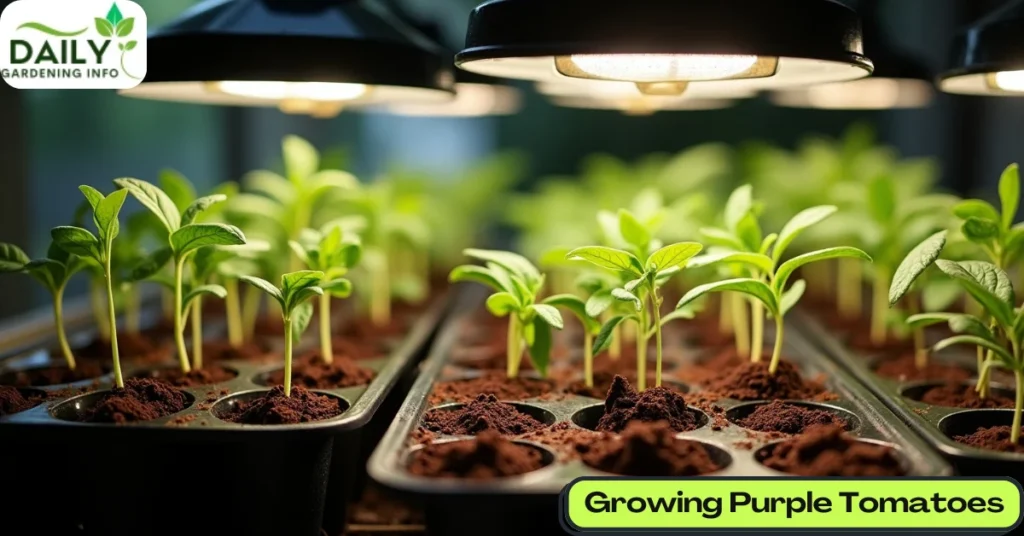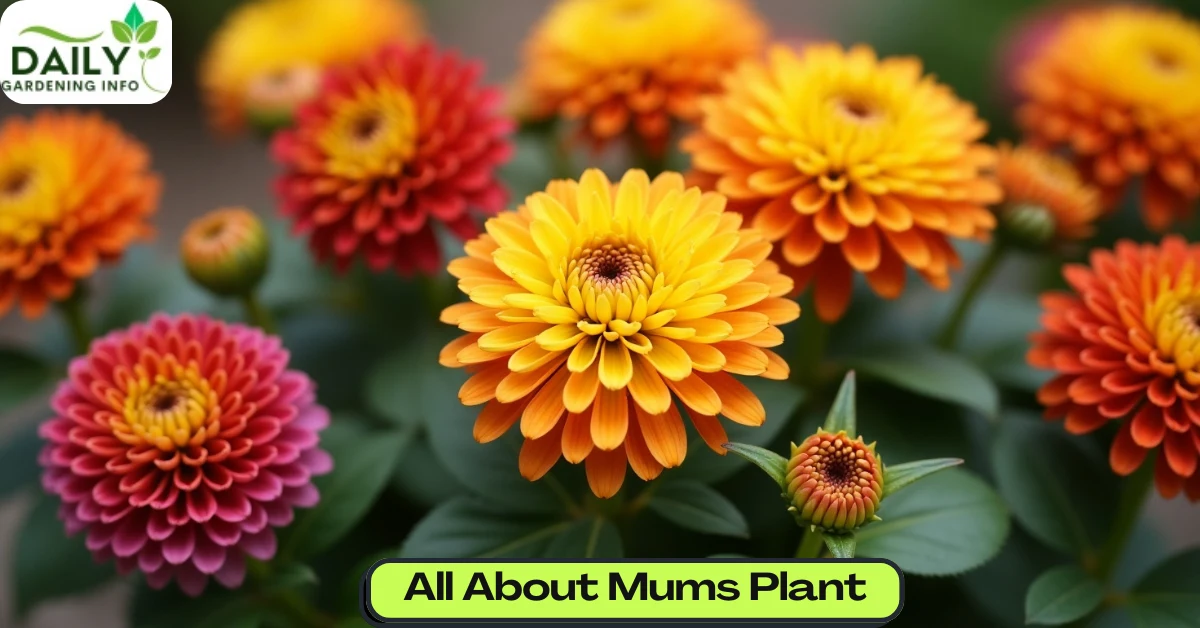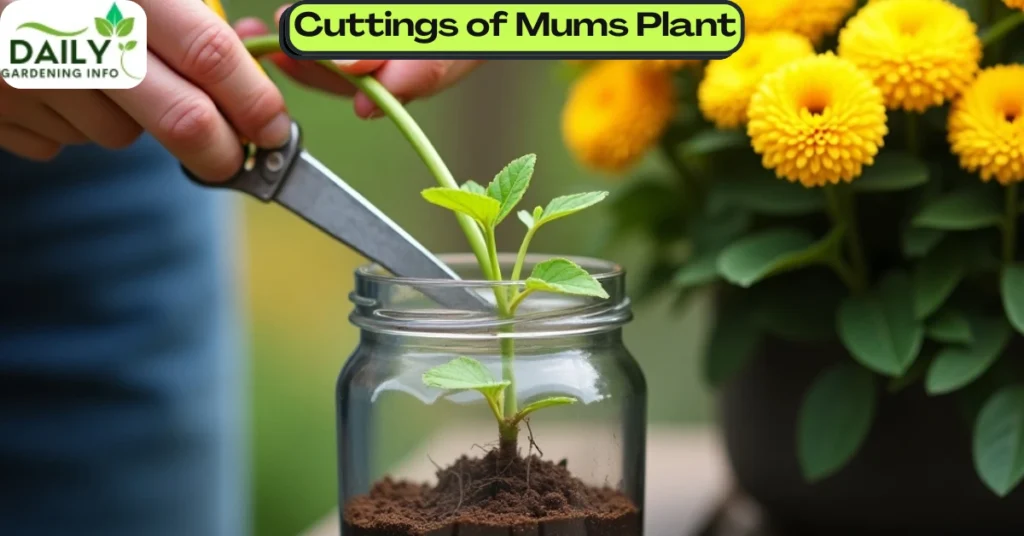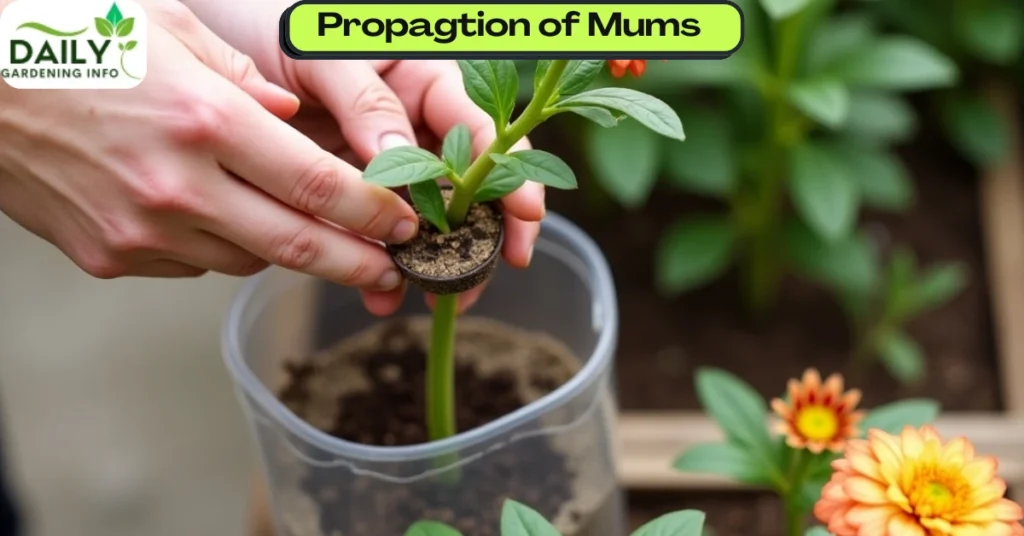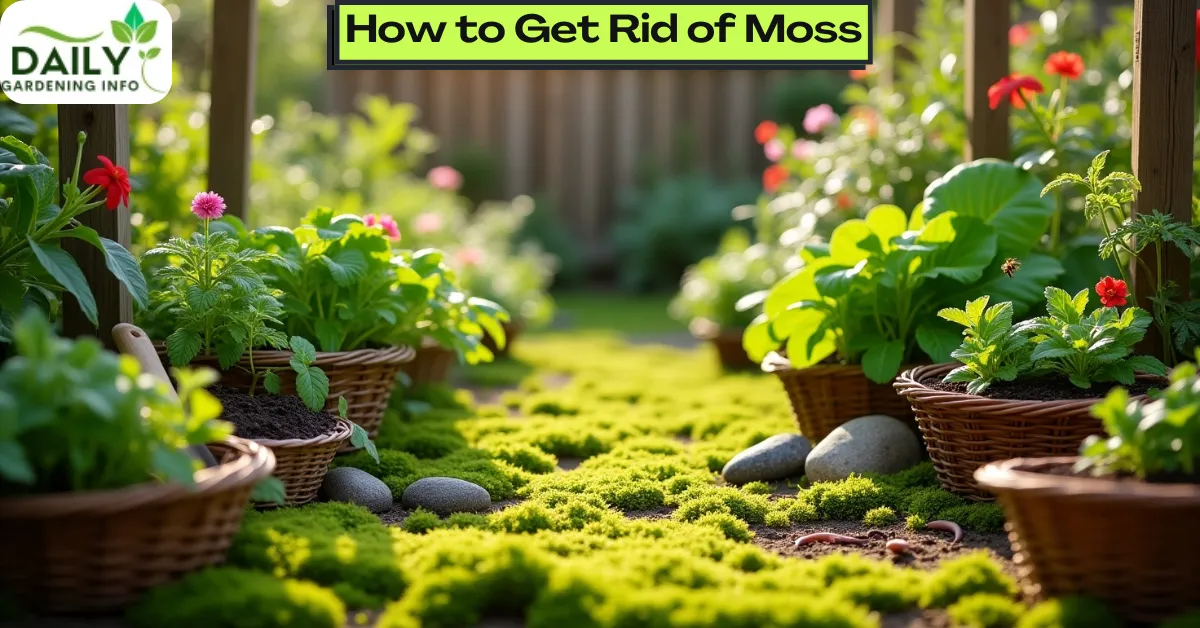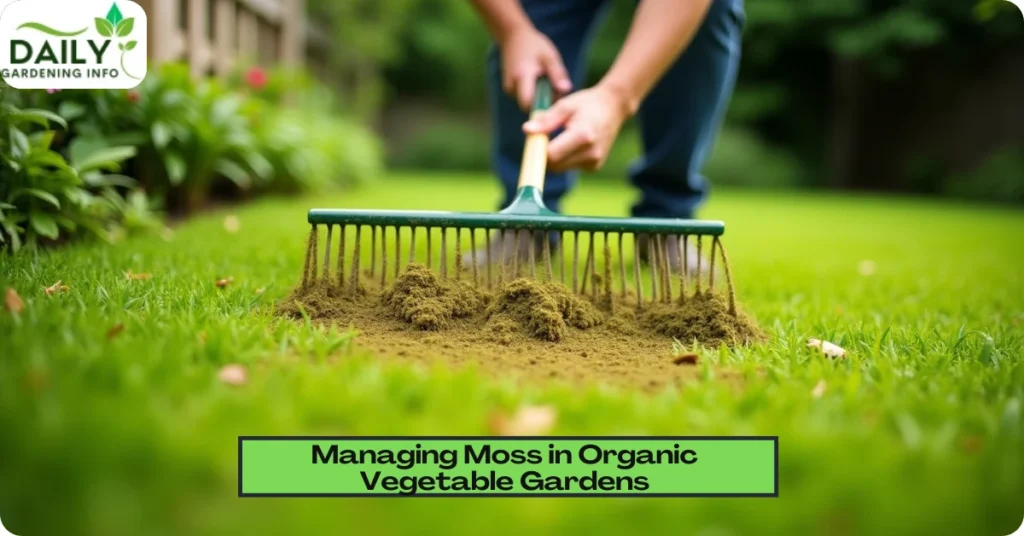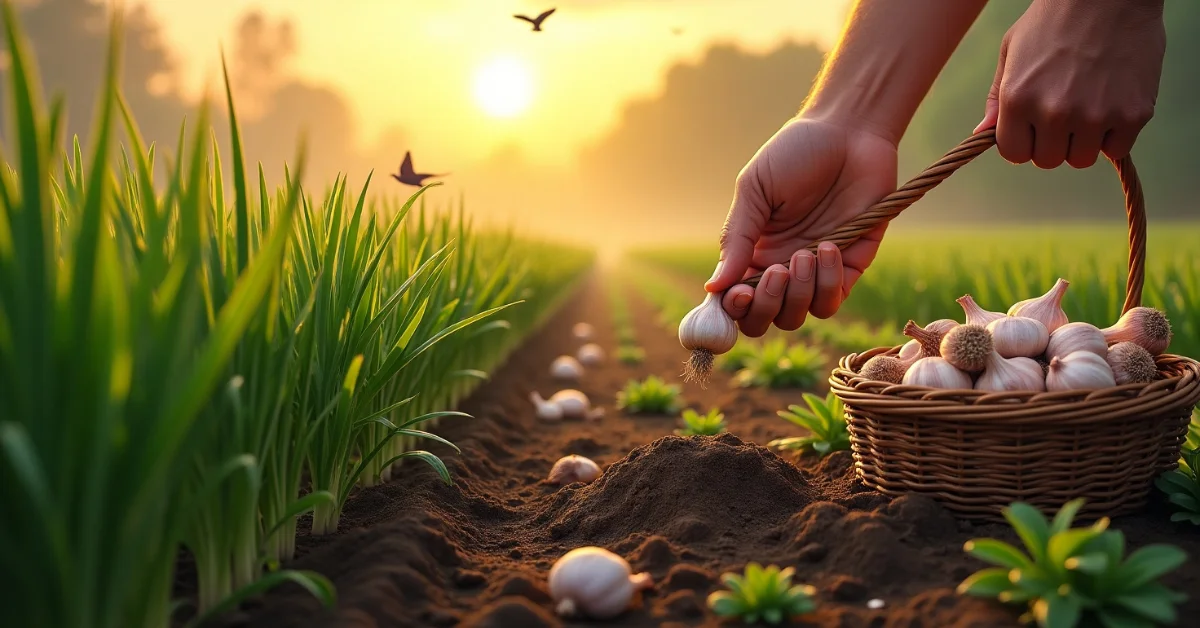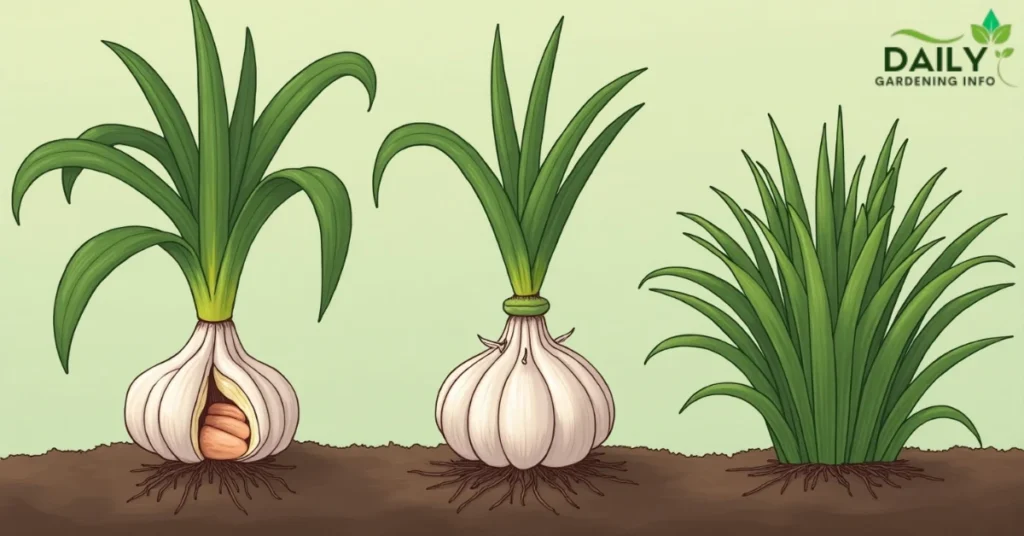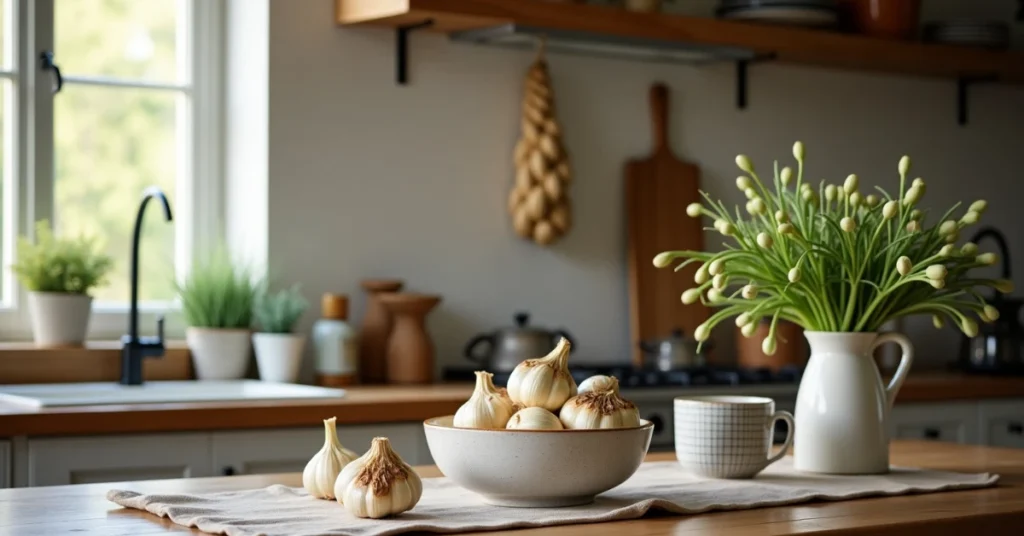Flowers are nature’s storytellers, each with a unique charm, purpose, and meaning. With over 65 types of flowers to explore, any gardener and flower enthusiast can find the perfect bloom for every occasion—whether it’s a wedding, a heartfelt apology, or a simple “I love you.”
In this guide, we’ll uncover the specialties of some standout flowers, the events they shine at, and the emotions they convey. Let’s dive into the blooming world of floral wonders!
Why Flowers Speak Volumes
Across the USA, flowers do more than beautify gardens—they carry messages. From the Victorian era’s “language of flowers” to modern-day bouquets, each type has a specialty that makes it unforgettable. Whether you’re planting them in your backyard or gifting them, knowing their meanings and uses can elevate your floral game.
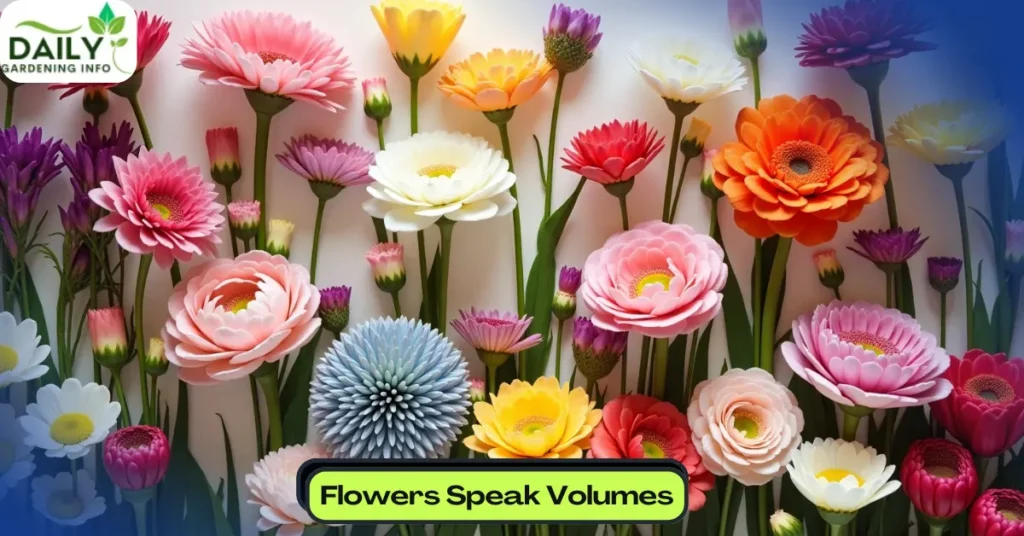
65+ Types of Flowers with Specialties, Occasions, and Meanings
Here’s a look at some of the most iconic flowers, their standout traits, the events they’re perfect for, and what they symbolize. I’ve included a few of my favorites to inspire your next gardening or gifting choice!
1. Roses

- Specialty: Lush petals in endless colors—red, pink, white, and beyond.
- Occasion: Weddings, anniversaries, Valentine’s Day.
- Symbolism: Red roses scream love and passion; white roses whisper purity and remembrance.
- Gardening Tip: Plant in full sun and prune annually for robust blooms.
2. Sunflowers

- Specialty: Towering stems with huge, sunny faces that track the sun.
- Occasion: Summer barbecues, housewarmings, casual celebrations.
- Symbolism: Happiness, loyalty, and optimism.
- Gardening Tip: Sow seeds in spring for a cheerful July harvest.
3. Tulips

- Specialty: Sleek, cup-shaped blooms in vibrant hues.
- Occasion: Spring weddings, Easter, or new beginnings.
- Symbolism: Perfect love (red), forgiveness (white), or royalty (purple).
- Gardening Tip: Plant bulbs in fall for a stunning April show.
4. Daisies

- Specialty: Simple, star-like petals with a sunny center.
- Occasion: Birthdays, get-well-soon gifts, picnics.
- Symbolism: Innocence, purity, and cheerful affection.
- Gardening Tip: Deadhead to keep them blooming all summer.
5. Lavender

- Specialty: Fragrant purple spikes that soothe the senses.
- Occasion: Spa days, thank-you gifts, relaxation-themed events.
- Symbolism: Calmness, devotion, and serenity.
- Gardening Tip: Thrives in dry, sunny spots—perfect for arid U.S. regions.
6. Marigolds

- Specialty: Bold orange and yellow tones with a spicy scent.
- Occasion: Day of the Dead, fall festivals, garden parties.
- Symbolism: Remembrance, warmth, and creativity.
- Gardening Tip: Plant near veggies to repel pests naturally.
7. Peonies

- Specialty: Fluffy, oversized blooms that demand attention.
- Occasion: Weddings, graduations, romantic gestures.
- Symbolism: Prosperity, romance, and good fortune.
- Gardening Tip: Stake tall stems to support heavy flowers.
8. Zinnias

- Specialty: Bright, heat-loving blooms in every color imaginable.
- Occasion: Summer parties, friendship gifts, casual bouquets.
- Symbolism: Lasting affection and fond memories.
- Gardening Tip: Sow in warm soil for quick, vibrant growth.
9. Hydrangeas

- Specialty: Massive clusters that shift colors with soil pH.
- Occasion: Bridal showers, sympathy arrangements, garden tours.
- Symbolism: Gratitude (pink), heartfelt emotion (blue), or apology (white).
- Gardening Tip: Adjust soil acidity for your desired hue.
10. Daffodils

- Specialty: Trumpet-shaped blooms that herald spring.
- Occasion: Easter, new year celebrations, hope-themed events.
- Symbolism: Renewal, hope, and resilience.
- Gardening Tip: Plant in clusters for a natural, joyful display.
11. Petunias

Petunias spill over baskets and beds with vibrant, trumpet-shaped blooms, making them a summer staple across the U.S. Their trailing habit adds charm to patios from Florida to Oregon.
- Occasion: Summer parties, housewarmings, casual gifts.
- Symbolism: Comfort and peace—ideal for a cozy vibe.
- Gardening Tip: Plant in full sun; pinch back for bushier growth.
12. Chrysanthemums

Known as “mums,” chrysanthemums bring fall to life with their pom-pom blooms in gold, red, and white. They’re a gardener’s go-to for late-season color, thriving in crisp autumn air.
- Occasion: Thanksgiving, fall festivals, memorials.
- Symbolism: Joy and longevity.
- Gardening Tip: Plant in spring for a stunning November show.
13. Lilies

Lilies are the divas of the flower world—tall, fragrant, and impossibly elegant. Whether Asiatic or Oriental, they’re a bold choice for any U.S. garden bed or vase.
- Occasion: Weddings, funerals, milestone celebrations.
- Symbolism: Purity and devotion.
- Gardening Tip: Stake stems and plant in well-drained soil.
14. Pansies

Pansies wink at you with their cute, face-like petals, thriving in cooler weather. They’re perfect for adding early spring or late fall color to porches and plots.
- Occasion: Spring teas, friendship gifts, seasonal decor.
- Symbolism: Thoughtfulness and remembrance.
- Gardening Tip: Plant in partial shade for longer blooms.
15. Orchids

Orchids are the royalty of indoor flowers, their delicate arches and exotic hues demanding attention. They’re a challenge worth taking for advanced U.S. growers.
- Occasion: Anniversaries, promotions, luxury gifts.
- Symbolism: Strength and refinement.
- Gardening Tip: Mist regularly and keep in indirect light.
16. Snapdragons

Snapdragons stand tall with spiky blooms that kids love to “snap” open. Their whimsical shape adds height and fun to any flower garden.
- Occasion: Children’s parties, summer weddings.
- Symbolism: Gratitude and charm.
- Gardening Tip: Sow in early spring for June flowers.
17. Carnations

Carnations are the unsung heroes of bouquets—long-lasting and available in every shade. They’re a budget-friendly beauty for U.S. florists and gardeners alike.
- Occasion: Mother’s Day, sympathy arrangements.
- Symbolism: Fascination (pink), love (red).
- Gardening Tip: Deadhead to encourage more blooms.
18. Irises

Irises unfurl like flags in the breeze, their sword-like leaves framing vivid purple, blue, or yellow petals. They’re a classic in American cottage gardens.
- Occasion: Graduations, artistic events.
- Symbolism: Wisdom and hope.
- Gardening Tip: Plant rhizomes shallowly in late summer.
19. Gerbera Daisies

Gerbera daisies pop with oversized, candy-colored blooms—think pink, orange, and red. They’re a cheerful addition to any sunny U.S. spot.
- Occasion: Birthdays, get-well-soon gifts.
- Symbolism: Cheerfulness and innocence.
- Gardening Tip: Water at the base to avoid crown rot.
20. Sweet Peas

Sweet peas climb trellises with delicate, scented flowers, filling gardens with old-world charm. They’re a nostalgic pick for romantics.
- Occasion: Vintage weddings, thank-you notes.
- Symbolism: Blissful pleasure.
- Gardening Tip: Soak seeds before planting in early spring.
21. Cosmos

Cosmos dance in the wind with feathery foliage and daisy-like blooms. They’re heat-tolerant and easy to grow, a win for busy U.S. gardeners.
- Occasion: Casual gatherings, wildflower bouquets.
- Symbolism: Harmony and order.
- Gardening Tip: Sow directly in soil after the last frost.
22. Begonias

Begonias are a gardener’s dream with their waxy leaves and vibrant blooms in shades of pink, red, and white. Perfect for adding pops of color to shady corners of U.S. gardens, they’re as versatile as they come—think hanging baskets or border beds. Their lush foliage pairs beautifully with their flowers, making them a standout choice.
- Occasion: Housewarmings, shaded patio decor, quiet celebrations.
- Symbolism: Caution and gratitude—a nod to thoughtful connections.
- Gardening Tip: Keep soil moist but not soggy; avoid direct sun for best results.
23. Gladiolus

Gladiolus shoots skyward with spiky blooms in fiery reds, soft pinks, and creamy whites. These tall beauties are summer showstoppers, adding drama to any backyard or bouquet across the USA.
- Occasion: Summer weddings, congratulatory gifts, bold centerpieces.
- Symbolism: Strength and integrity—perfect for honoring resilience.
- Gardening Tip: Plant corms in spring, 4 inches deep, for a July-August bloom.
24. Asters

Asters burst into star-shaped flowers late in the season, lighting up fall gardens with purple, blue, or pink hues. They’re a pollinator magnet—perfect for eco-conscious gardeners across the States.
- Occasion: Autumn birthdays, harvest festivals, farewell gifts.
- Symbolism: Patience and elegance.
- Gardening Tip: Plant in full sun and pinch back in summer for bushier growth.
25. Cornflowers

Cornflowers charm with their vivid blue petals and rustic appeal, once a common sight in American grain fields. They’re tough, drought-resistant, and ideal for naturalized plots.
- Occasion: Patriotic events (think Fourth of July), vintage bouquets.
- Symbolism: Delicacy and hope.
- Gardening Tip: Scatter seeds in early spring for a June bloom.
26. Foxgloves

Foxgloves rise like spires, their tubular blooms dangling in shades of pink, purple, and white. These biennials add drama to shady U.S. gardens but beware—they’re toxic, so keep them from pets and kids.
- Occasion: Cottage garden tours, whimsical weddings.
- Symbolism: Ambition and protection.
- Gardening Tip: Plant in partial shade; they self-seed for years of beauty.
27. Delphiniums

Delphiniums tower with spikes of deep blue, lavender, or white flowers, making them a bold backdrop for any flower bed. They’re a favorite in cooler U.S. climates like the Pacific Northwest.
- Occasion: Formal weddings, milestone celebrations.
- Symbolism: Openness and dignity.
- Gardening Tip: Stake early to support their height in windy areas.
28. Anemones

Anemones unfold delicate, poppy-like blooms in jewel tones—red, purple, or white—often with a dark center. They’re early risers, perfect for bridging winter and spring in milder zones.
- Occasion: Winter weddings, sympathy arrangements.
- Symbolism: Anticipation and resilience.
- Gardening Tip: Plant corms in fall in zones 7-10 for a February show.
29. Bleeding Hearts

Bleeding hearts dangle heart-shaped pink or white flowers from arching stems, thriving in shady spots. They’re a romantic pick for woodland-style U.S. gardens.
- Occasion: Valentine’s Day, engagement gifts.
- Symbolism: Unconditional love and compassion.
- Gardening Tip: Keep soil moist; they go dormant in summer heat.
30. Columbines

Columbines flutter with bell-like flowers and spurred petals in red, yellow, or blue. These native wildflowers are hummingbird favorites, ideal for natural U.S. landscapes.
- Occasion: Nature-themed events, friendship tokens.
- Symbolism: Courage and peace.
- Gardening Tip: Plant in partial shade; they reseed easily.
31. Hellebores

Hellebores, or Lenten roses, bloom in late winter with nodding, cup-shaped flowers in muted pink, green, or purple. They’re shade-lovers that defy cold snaps.
- Occasion: Winter holidays, early spring teas.
- Symbolism: Serenity and renewal.
- Gardening Tip: Plant under trees for year-round interest.
32. Yarrow

Yarrow spreads flat clusters of tiny flowers in white, yellow, or pink, its ferny foliage adding texture. It’s a hardy perennial that thrives in tough U.S. conditions.
- Occasion: Healing gifts, rustic weddings.
- Symbolism: Health and endurance.
- Gardening Tip: Cut back after blooming to encourage a second flush.
33. Calendula

Calendula glows with sunny orange or yellow petals, known for their skin-soothing properties. They’re edible too—perfect for adventurous gardeners!
- Occasion: Kitchen garden parties, wellness events.
- Symbolism: Joy and healing.
- Gardening Tip: Sow in spring; they tolerate poor soil.
34. Lupines

Lupines rise like colorful towers, their spiky blooms in purple or pink painting gardens with bold strokes. These perennials thrive in cooler U.S. climates, adding a wild, imaginative flair to any landscape.
- Occasion: Artistic events, spring festivals, creative gifts.
- Symbolism: Imagination and inspiration.
- Gardening Tip: Plant in acidic soil with good drainage for vibrant spikes.
35. Stock

Stock fills the air with a spicy-sweet fragrance, its springtime spikes blooming in soft pastels or rich jewel tones. Perfect for early-season U.S. gardens, it’s a timeless beauty that lasts.
- Occasion: Spring weddings, Mother’s Day bouquets.
- Symbolism: Lasting beauty and affection.
- Gardening Tip: Grow in cool weather; plant in fall in mild zones.
36. Nigella

Nigella, or love-in-a-mist, enchants with misty blue blooms nestled in feathery foliage. This self-seeding annual brings a dreamy touch to U.S. gardens and bouquets alike.
- Occasion: Romantic gestures, whimsical weddings.
- Symbolism: Love and mystery.
- Gardening Tip: Scatter seeds in spring; it reseeds freely for years.
37: Phlox

Phlox bursts into starry clusters of pink, white, or purple, lighting up summer gardens across the USA. Its low-growing or tall varieties make it a versatile pick for borders or beds.
- Occasion: Family reunions, unity celebrations.
- Symbolism: Unity and harmony.
- Gardening Tip: Deadhead spent blooms to keep the show going.
38. Primroses
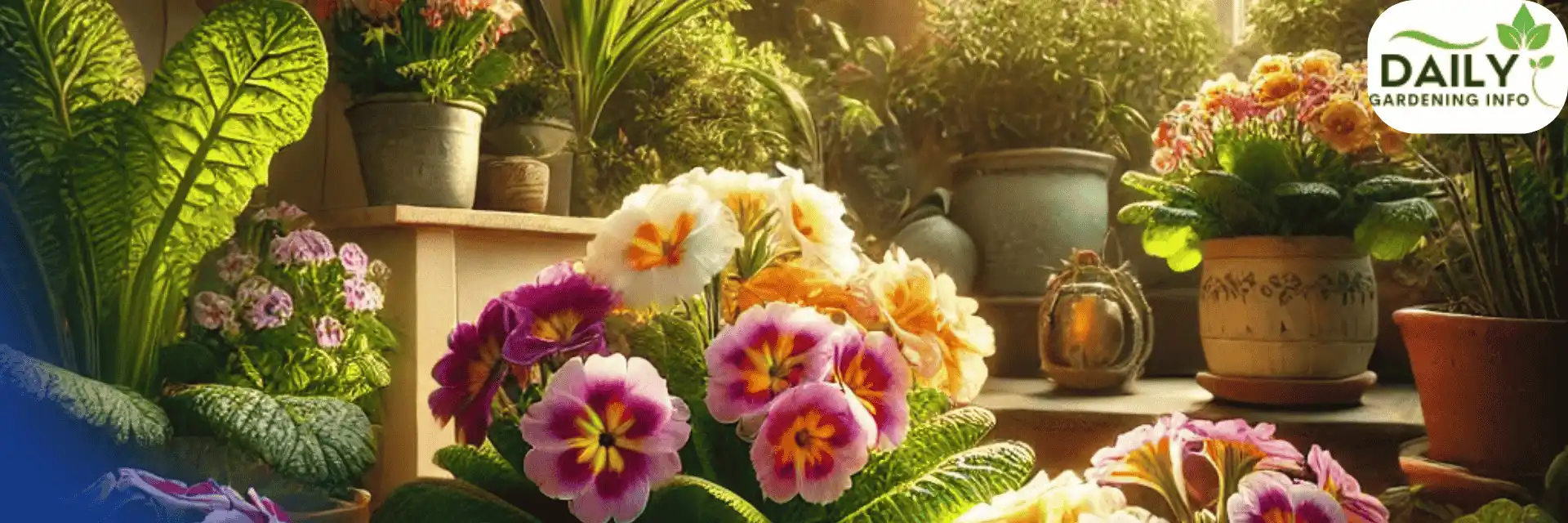
Primroses greet early spring with pastel cups of yellow, pink, or blue, thriving in shady U.S. spots. These cheerful perennials are a promise of warmer days ahead.
- Occasion: Baby showers, youth-themed events.
- Symbolism: Youth and new beginnings.
- Gardening Tip: Perfect for shady borders; keep soil moist.
39. Salvias

Salvias shoot up hummingbird-friendly spikes in red, blue, or purple, their drought tolerance making them a hit in dry U.S. regions like the Southwest. They’re as tough as they are pretty.
- Occasion: Wildlife garden tours, virtue awards.
- Symbolism: Virtue and wisdom.
- Gardening Tip: Plant in full sun for maximum bloom power.
40. Verbena
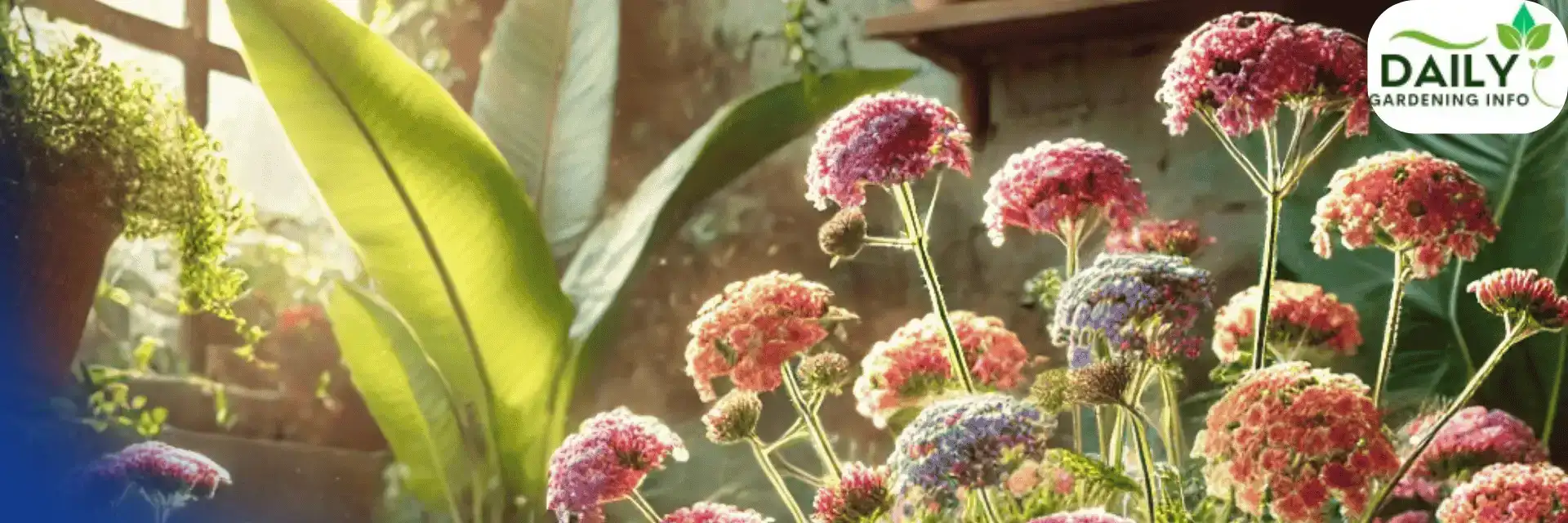
Verbena sprinkles tiny flower clusters in vibrant hues, cascading beautifully in hanging baskets or spilling over edges. It’s an enchanting addition to any U.S. patio.
- Occasion: Garden parties, charm-themed gifts.
- Symbolism: Enchantment and creativity.
- Gardening Tip: Pinch back for fuller growth in baskets.
41. Alyssum

Alyssum carpets the ground with sweet-scented white or purple blooms, a low-maintenance gem for U.S. gardeners. Its honey-like fragrance draws bees and beauty alike.
- Occasion: Ground cover displays, appreciation gifts.
- Symbolism: Worth and sweetness.
- Gardening Tip: Plant as edging; it thrives in sun or part shade.
42. Campanula

Campanula, or bellflowers, chime in with bell-shaped blooms in blue or white, dotting rock gardens or borders. They’re a graceful pick for rugged U.S. terrains.
- Occasion: Thank-you bouquets, gratitude events.
- Symbolism: Gratitude and constancy.
- Gardening Tip: Thrives in well-drained rock gardens.
43. Coreopsis

Coreopsis shines with sunny, daisy-like flowers in yellow or pink, a heat-loving staple for easy U.S. gardens. Its long bloom time keeps summer smiling.
- Occasion: Cheer-up gifts, summer barbecues.
- Symbolism: Cheer and optimism.
- Gardening Tip: Plant in full sun; it’s low-fuss and forgiving.
44. Gaillardia

Gaillardia, or blanket flowers, blanket the ground with bold red-and-yellow blooms, perfect for prairie-style U.S. gardens. They’re tough and dazzling all at once.
- Occasion: Wildflower weddings, modesty tokens.
- Symbolism: Modesty and resilience.
- Gardening Tip: Ideal for dry, sunny spots like prairies.
45. Hollyhocks

Hollyhocks tower over cottage gardens with their tall spikes of pink, white, or red flowers, a nostalgic U.S. classic. They’re ambition in bloom form.
- Occasion: Vintage garden tours, ambition awards.
- Symbolism: Ambition and growth.
- Gardening Tip: Plant against fences for support.
46. Liatris

Liatris spikes upward with feathery purple plumes, a butterfly magnet that adds joy to U.S. meadows and beds. It’s a native star with flair.
- Occasion: Joyful celebrations, nature events.
- Symbolism: Joy and energy.
- Gardening Tip: Plant in sun to attract pollinators.
47. Nasturtiums

Nasturtiums spill out edible rounds in orange, yellow, or red, their peppery leaves a bonus for U.S. foodie gardeners. They’re victory in vibrant form.
- Occasion: Victory parties, edible arrangements.
- Symbolism: Victory and conquest.
- Gardening Tip: Grow in poor soil for more flowers.
48. Scabiosa

Scabiosa, or pincushion flowers, bloom in soft blues or pinks, their delicate heads lasting long in U.S. vases or gardens. They’re pure admiration.
- Occasion: Admiration gifts, long-lasting bouquets.
- Symbolism: Admiration and purity.
- Gardening Tip: Cut often for extended bloom time.
49. Tithonia

Tithonia, or Mexican sunflowers, blaze with orange-red giants, thriving in U.S. heat. They’re faith-filled towers for sunny yards.
- Occasion: Faith-based events, summer displays.
- Symbolism: Faith and warmth.
- Gardening Tip: Give them space; they grow tall and wide.
50. Agapanthus

Agapanthus crowns gardens with blue or white globes, a striking choice for pots in colder U.S. zones. They’re love in spherical form.
- Occasion: Romantic gifts, patio showcases.
- Symbolism: Love and beauty.
- Gardening Tip: Grow in containers in zones 6 and below.
51. Echinacea

Echinacea, or coneflowers, stand strong with pink or purple petals, a native U.S. healer and garden toughie. They’re all about strength.
- Occasion: Healing wishes, native plant expos.
- Symbolism: Strength and health.
- Gardening Tip: Drought-tolerant; plant in full sun.
52. Rudbeckia

Rudbeckia, or black-eyed Susans, glow with golden petals and dark centers, blooming all summer in U.S. gardens. They’re justice in flower form.
- Occasion: Justice rallies, summer picnics.
- Symbolism: Justice and encouragement.
- Gardening Tip: Easy to grow; reseeds happily.
53. Borage
Borage twinkles with starry blue blooms, an edible treat that draws bees to U.S. gardens. It’s courage you can taste.
- Occasion: Courage awards, bee-friendly events.
- Symbolism: Courage and bliss.
- Gardening Tip: Plant near veggies to boost pollination.
Gardening Meets Meaning
Growing these flowers in your U.S. garden isn’t just about beauty—it’s about planting purpose. Here’s how to nurture them:
- Match Your Climate: Check your USDA zone—tulips love cooler zones (4-7), while zinnias thrive in heat (zones 9-11).
- Soil Prep: Enrich with compost for nutrient-hungry peonies or hydrangeas.
- Timing: Plant spring bloomers like daffodils in fall, summer stars like sunflowers in spring.
My Favorite Picks
If I had to choose, roses (for their romantic depth), sunflowers (for their bold joy), and lavender (for its calming vibe) top my list. They’re versatile, meaningful, and a delight to grow or gift. What’s your go-to flower for special moments?
Conclusion: Let Flowers Tell Your Story
With over 60 types of flowers, there’s a bloom for every occasion, emotion, and garden in the USA. Whether you’re celebrating love with roses, honoring memory with marigolds, or spreading cheer with daisies, these flowers bring meaning to life. Start growing or gifting them today—your story deserves a floral touch!
